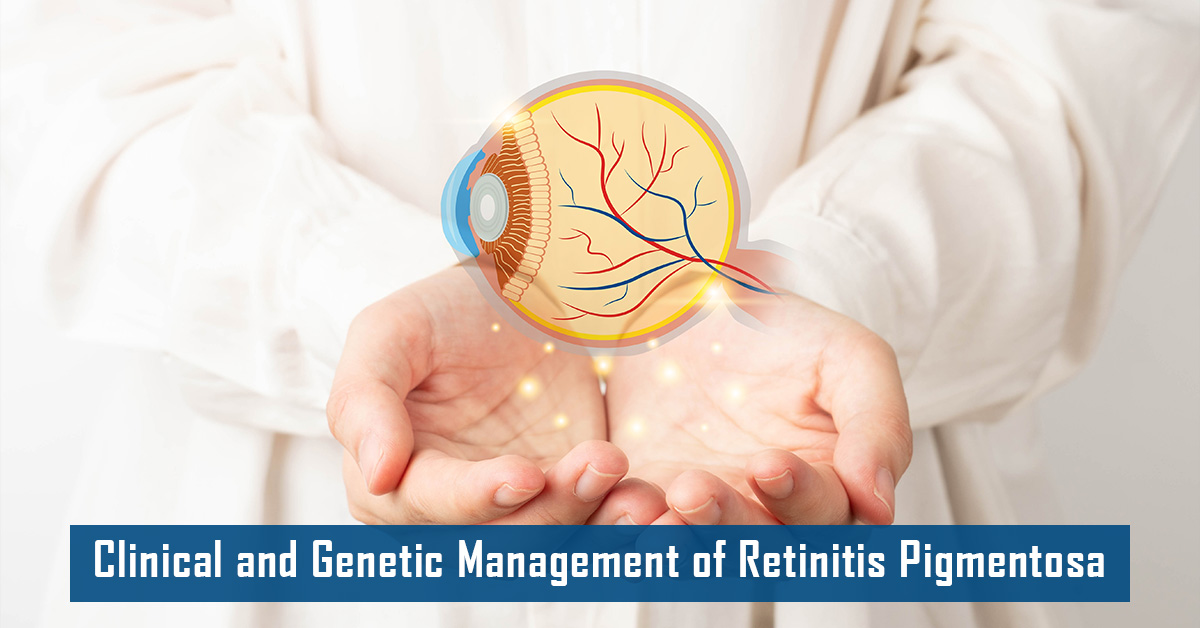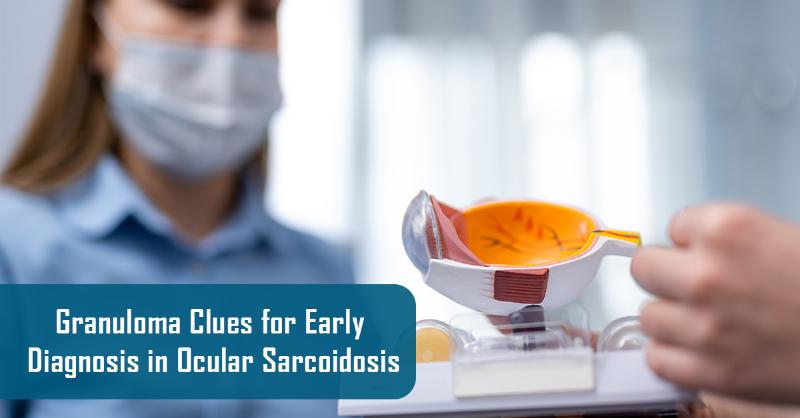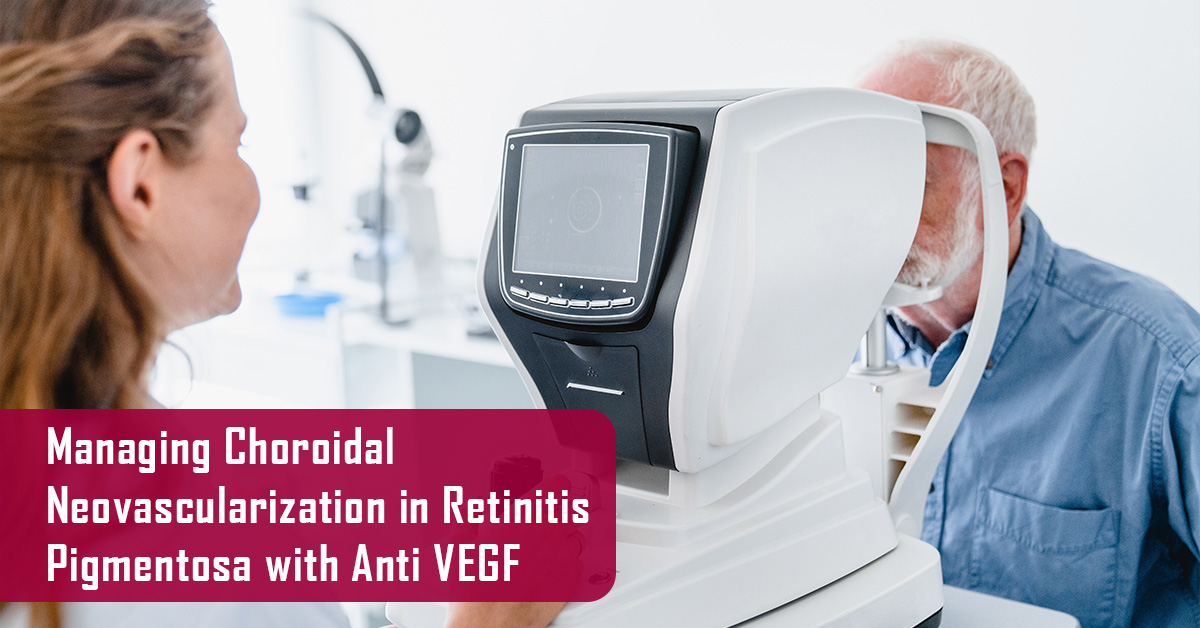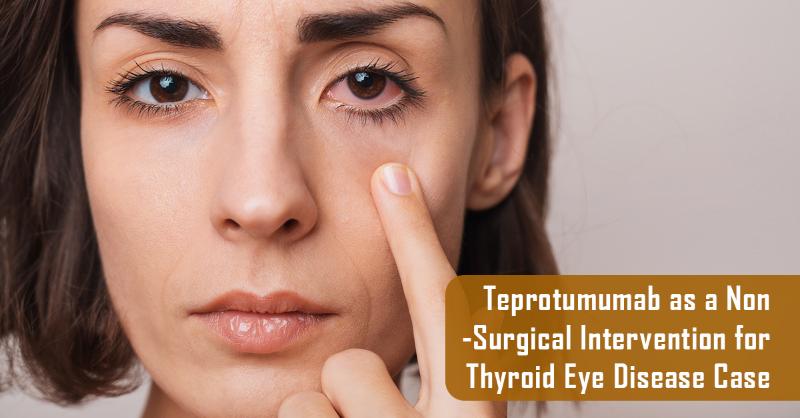- Home
- Ophthalmology
- Contents
Introduction Corneal ulcer, also termed suppurative keratitis, is a major cause of preventable visual impairment, particularly in developing countries where ocular trauma and agricultural exposure are common (1). The condition occurs when the corneal defense mechanisms eyelids, tear film, and corneal epithelium are breached, allowing microorganisms

Introduction A corneal ulcer, defined as a defect in the corneal epithelium involving the underlying stroma, represents a vision-threatening ocular emergency (1). It is frequently associated with tissue necrosis and stromal infiltration (1). Despite advances in antimicrobial therapy, corneal ulceration remains a significant cause of corneal blindne
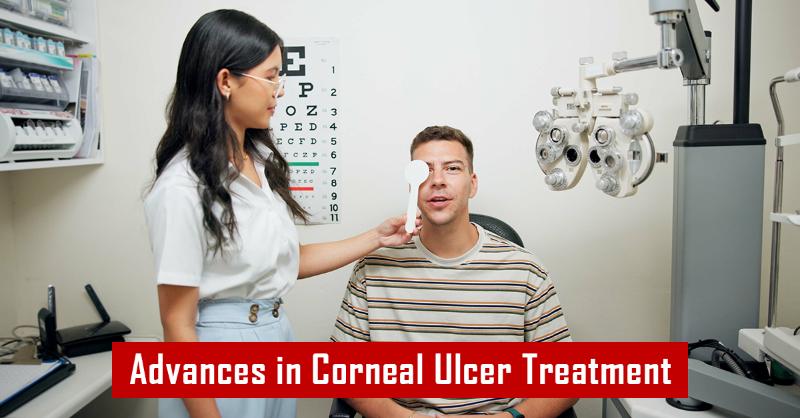
Introduction Retinitis Pigmentosa (RP) refers to a diverse group of inherited retinal dystrophies that primarily affect the photoreceptor cells in the retina (1). The disease typically begins with the degeneration of rod cells, responsible for night and peripheral vision, followed by cone cell deterioration, which affects central and color vision (
